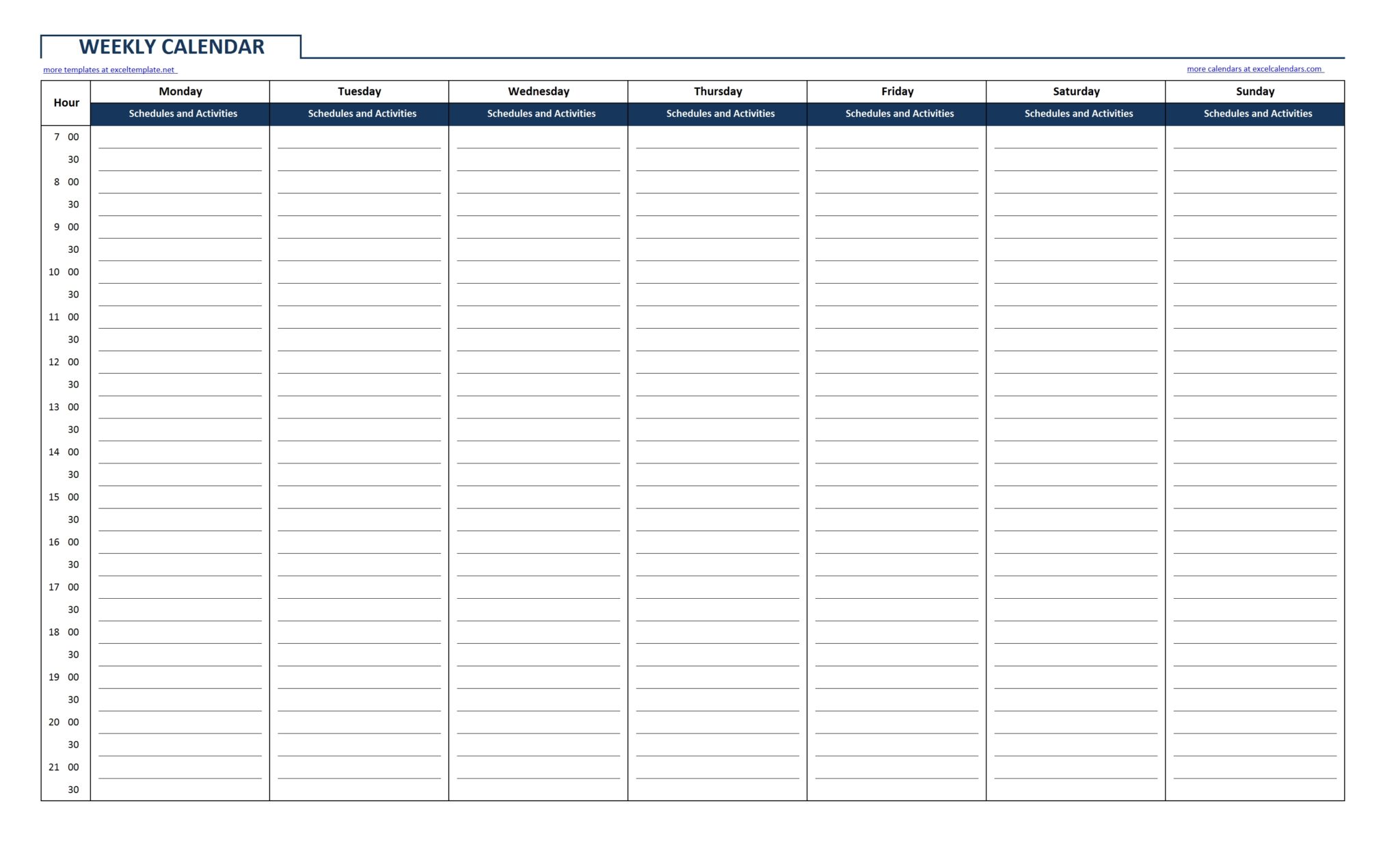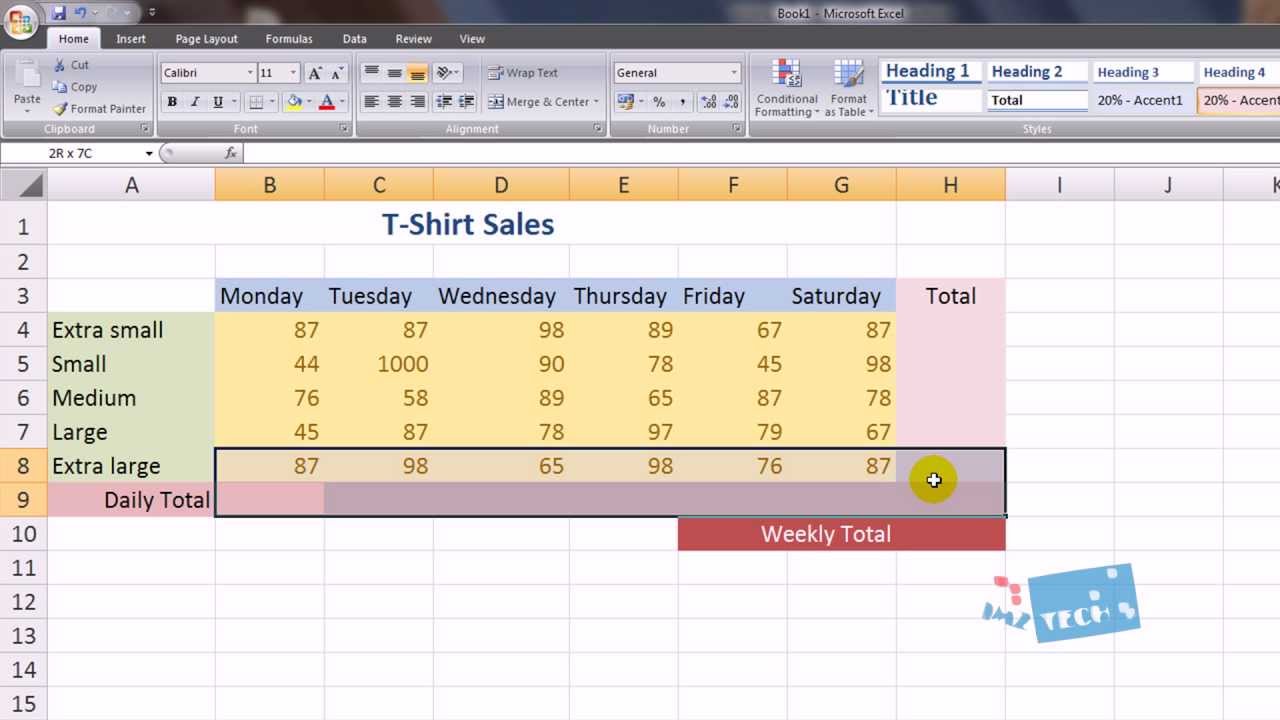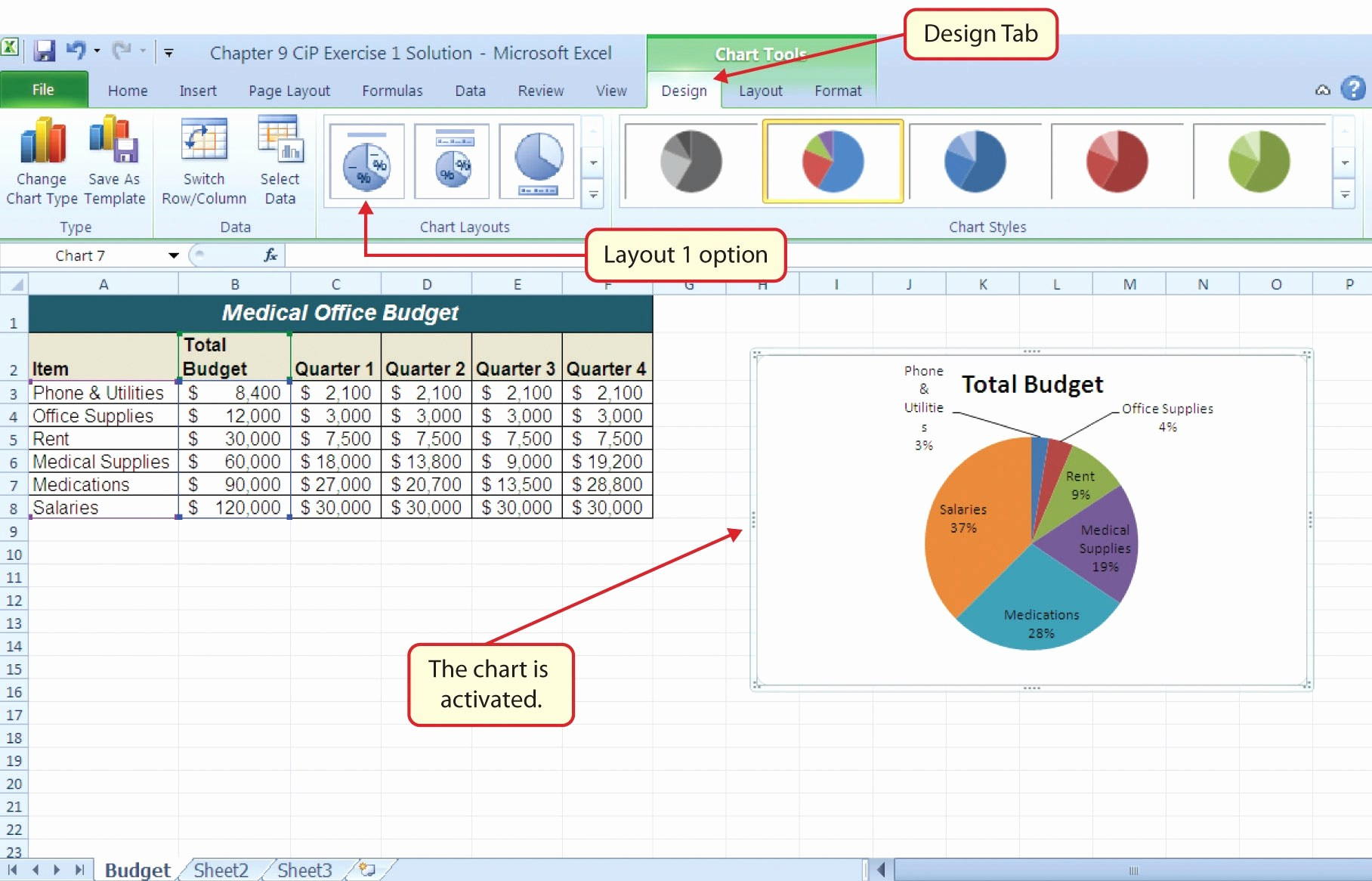5 Ways Excel Sheets Enhance Spreadsheet Usability

Spreadsheets have long been the backbone of data management in businesses, schools, and homes. However, Microsoft Excel sheets don't just offer basic functionalities; they revolutionize how we manage, analyze, and visualize data. Here are five ways Excel sheets enhance spreadsheet usability, turning complex data manipulation into an intuitive experience.
1. Powerful Data Analysis Tools

Excel's core strength lies in its analytical prowess. Here's how:
- PivotTables: Allows users to analyze, summarize, and pivot large datasets instantly. With PivotTables, you can slice and dice your data, providing insights that are not immediately visible.
- Conditional Formatting: Visually highlight important data patterns or anomalies. This feature helps users to spot trends or outliers at a glance, enhancing the decision-making process.
- Data Validation: Controls what can be entered into cells, preventing errors and ensuring data integrity. Whether it's creating dropdown lists or restricting input to dates or numbers, this tool streamlines data entry.
📊 Note: Master these tools to reduce time spent on data analysis significantly.
2. Extensive Formula Library

Excel's formula library is vast, offering solutions for virtually any mathematical, financial, or logical operation you might need:
- Financial Functions: From calculating loan payments to investment returns, functions like FV (Future Value), PV (Present Value), or NPV (Net Present Value) assist in making complex financial decisions.
- Logical Functions: Enable users to perform conditional operations, making decision-making in spreadsheets automated and error-free with IF, AND, OR, and more.
- Array Formulas: Process multiple arrays at once, which is vital for advanced data manipulation and analysis.
✅ Note: Excel's VLOOKUP and XLOOKUP functions are particularly useful for data lookup, but they have their limitations. Learning how to use INDEX and MATCH can provide more flexibility.
3. Data Visualization Capabilities

Visual representation of data is crucial for understanding trends, patterns, and relationships:
- Charts and Graphs: Excel supports a variety of chart types like Column, Line, Pie, Bar, Area, Scatter, etc. These charts can be customized to fit specific visualization needs.
- Sparklines: Create mini-charts within a cell, providing an immediate overview of data trends.
- Data Bars and Icon Sets: Conditional formatting tools that can visually represent the value of cells relative to each other, enhancing the visual analysis of data.
📈 Note: Effective use of visualizations can transform complex data into actionable insights quickly.
4. Collaboration and Sharing

Excel isn't just about working in isolation. Here's how it supports teamwork:
- Co-authoring: Multiple users can edit a workbook simultaneously, ensuring real-time collaboration on projects.
- Version History: Track changes, revert to previous versions, or see who made what changes, fostering accountability and ease of revisiting prior states of your data.
- Sharing and Publishing: Share workbooks through OneDrive or SharePoint, control permissions, and publish as interactive web pages, enhancing accessibility and collaboration.
👥 Note: Cloud integration with Office 365 has significantly improved Excel's collaborative features.
5. Customization and Add-ins

Excel's extensibility ensures it can be molded to fit virtually any need:
- Macros and VBA: Automate repetitive tasks, create custom functions, or develop user-specific interfaces with Visual Basic for Applications.
- Add-ins: Extend Excel's capabilities with add-ins like Power Query for data transformation, Power Pivot for advanced data modeling, or external add-ins from marketplaces.
- Custom Ribbon: Tailor the Excel interface by adding or removing features to suit your workflow, making the tool more user-friendly.
🔧 Note: Customizing Excel to fit your workflow can significantly boost productivity.
To sum up, Excel sheets are not merely spreadsheets; they are sophisticated tools designed to enhance usability through powerful analysis, extensive formulas, insightful visualizations, collaborative workspaces, and customizable features. This vast range of capabilities makes Excel an indispensable tool for data management and decision-making across various industries. Whether you're a financial analyst, a scientist, a teacher, or someone managing personal finances, mastering Excel can bring clarity and efficiency to your data-related tasks.
Can I use Excel for big data analysis?

+
While Excel is not designed for processing massive datasets that are typically associated with big data, it can handle substantial amounts of data. For truly large datasets, tools like Power BI or SQL databases might be more appropriate.
How can I improve performance in Excel with large datasets?
+
Use features like Power Query for data loading and transformation, avoid volatile functions like INDIRECT, use manual calculation mode, and leverage data models with Power Pivot to handle larger datasets more efficiently.
What’s the difference between co-authoring and sharing a file in Excel?

+
Co-authoring allows multiple people to work on the same document simultaneously in real-time. Sharing, on the other hand, refers to making the document accessible to others through a cloud service, where they can download or view it but not edit in real-time.